Improve Your Forecasting and Planning
The COVID-19 pandemic has been a major disruptor of the logistics industry, with shortages and delays being the norm over the past year. Many companies are still not in full recovery. Moving forward, those companies that can take a fresh look at how they forecast and plan, stand the best chance of remaining viable. Here we will explore three ways to do that.
Build Multiple Forecasting Scenarios
Before the pandemic, using past results as a basis for planning and forecasting was a reasonable approach. That no longer holds true. The logistics industry has been left with far too much uncertainty. Baselines are no longer valid and inputs into models have changed. Companies are realizing that, at the very least, a best and worst case forecast for the next year will be needed. Some may want to develop several models. Monthly review and adjustment of these models will be crucial, with budgets allowing for contingencies.
McKinsey & Company lists four advantages of developing multiple models: 1) allows forecasting across a broad range of scenarios; 2) provides flexibility by incorporating data that is most frequently tracked and subject to change; 3) permits different baseline assumptions; 4) relies on data, not intuition.
Collaborate and Share Information
The importance of communication cannot be overstated. Beginning with the customer, determine their goals and desires. Explore ways to enhance the customer experience. Keep them abreast of any disruptions in the order process. It is expected that Ecommerce will continue to grow in popularity even post-pandemic. These factors should be incorporated into forecasting models.
Employees should be included in the communication loop. They should be privy to the goals and critical metrics of the organization. They need to understand that schedules will require flexibility and will depend on expected seasonal fluctuations as well as changes in forecasting. There may be less seasonality in the buying cycle as ecommerce continues to grow.
For the supply chain, by using the latest technology, it is possible for everyone to be linked, aligned, and working together efficiently. Automation provides visibility into the complete fulfillment process, allowing early identification of kinks in the system that can quickly be addressed. Planning and forecasting models can then be updated with this new information. System integration allows for all parties to be pulling on the same end of the rope. Everyone wins when the process is clear, transparent, and readily shared.
Prepare for the Unexpected
During the pandemic, customers pressed their third-party logistics (3PL) partners to help them weather the crisis by thinking outside the box. An article written by Gary Frantz in DC Velocity magazine describes how 3PLs became more innovative, agile, and responsive. They proved that they could be flexible and adaptable during the pandemic. They became trusted partners in addressing the challenges that they were facing.
If we have learned anything from the recent pandemic, it is that whoever is best positioned to turn on a dime will be successful. It is not a matter of if, but when, a current forecast will need to be revised. Any of several forecasting model inputs are subject to change. Consumer behavior, orders, inventory, delivery capabilities, and continued impact of the virus are just some of the factors that may need to be considered.
The logistics industry will continue to evolve as demand and supply fluctuate and delivery options change and adapt. With the right forecasting and planning, you can continue to ensure that you will be able to deliver the right product, to the right customer, at the right time, and at the right price.
See if Aero Fulfillment Services can help you change the way you look at forecasting and planning by taking this 1-minute survey.

